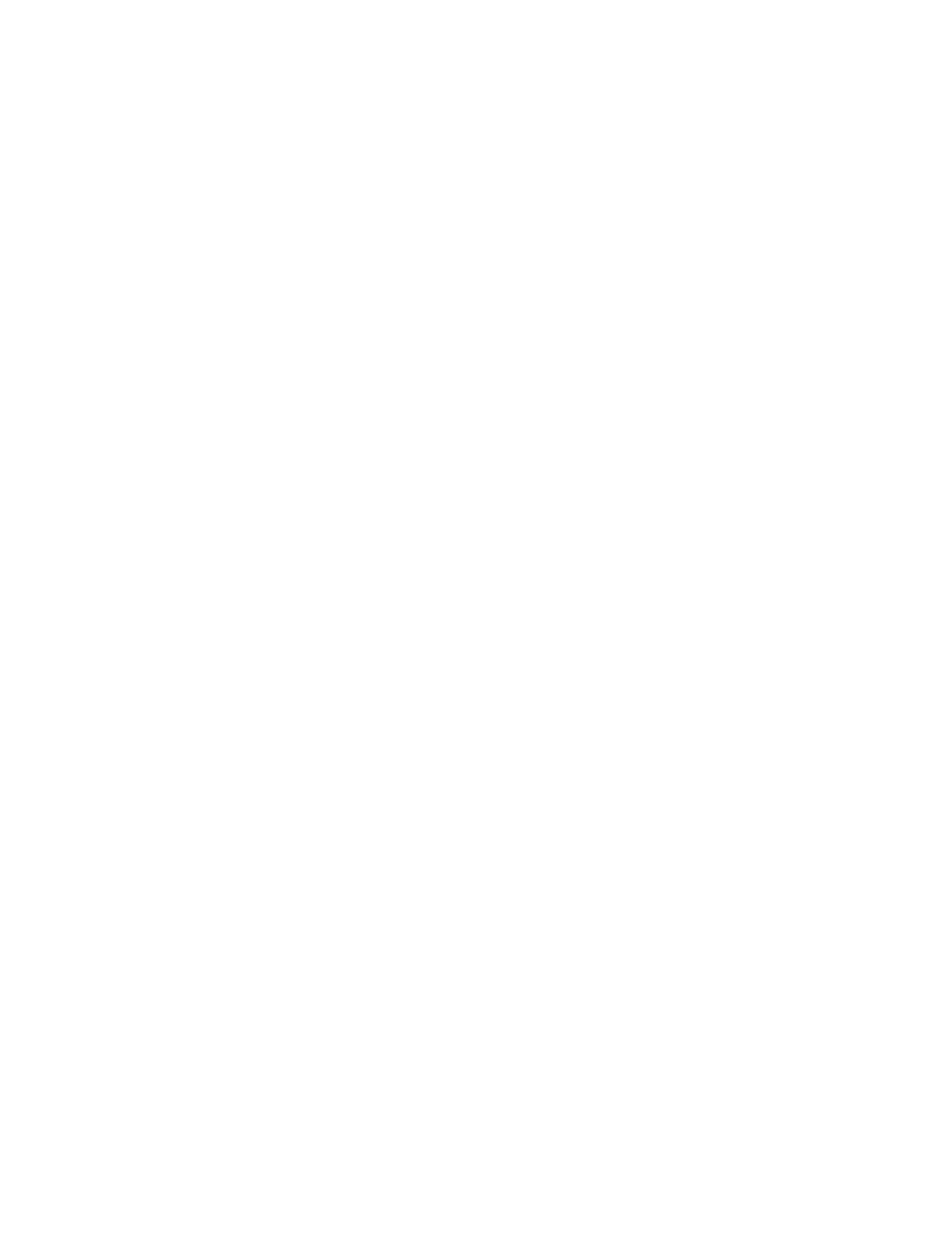Yaskawa F7 Drive Programming Manual User Manual
Page 156

Programming 148
Rotational auto-tuning with the load uncoupled from the motor is strongly recommended whenever possible. Stationary auto-
tuning is used whenever it is not possible to disconnect the motor from the load. Rotational and stationary auto-tuning can be
selected only when in open loop vector or flux vector control modes (A1-02 = 2 or 3). If terminal resistance auto-tuning is
selected, only parameters T1-02 and T1-04 need to be set. Terminal Resistance auto-tuning can be selected in all control
modes (A1-02 = 0, 1, 2, or 3).
T1-02 Motor Rated Power
Setting Range:
0.00 to 650.00 kW
Factory Default: Model Dependent
Set the rated power in kilowatts (kW) of the motor attached to the Drive. If the motor nameplate lists the rated power in terms
of horsepower (HP), use the following formula to convert to kW before setting the value of T1-02:
kW = HP x 0.746
T1-03 Motor Rated Voltage
Setting Range:
0.0 to 255.0 Vac (240V Class), 0.0 to 510.0 (480V Class)
Factory Default: 240 Vac (240V Class), 460Vac (480V Class)
Set the motor rated voltage.
T1-04 Motor Rated Current
Setting Range:
Model Dependent
Factory Default: Model Dependent
Set the motor rated current (FLA) as stamped on the motor’s nameplate.
T1-05 Motor Base Frequency
Setting Range:
0.0 to 400.0 Hz
Factory Default: 60.0 Hz
Set the motor base frequency (in Hz) as stamped on the motor’s nameplate.
T1-06 Number of Motor Poles
Setting Range:
2 to 48
Factory Default: 4
Set the number of motor poles as stamped on the motor’s nameplate. If this is not found on the nameplate, use the following
formula to determine the number of motor poles
Number of Motor Poles = 120 x Frequency in Hz / RPM
Example:
An 1800 RPM, 60Hz motor is (120 x 60Hz / 1800RPM = 4) a 4 pole motor.